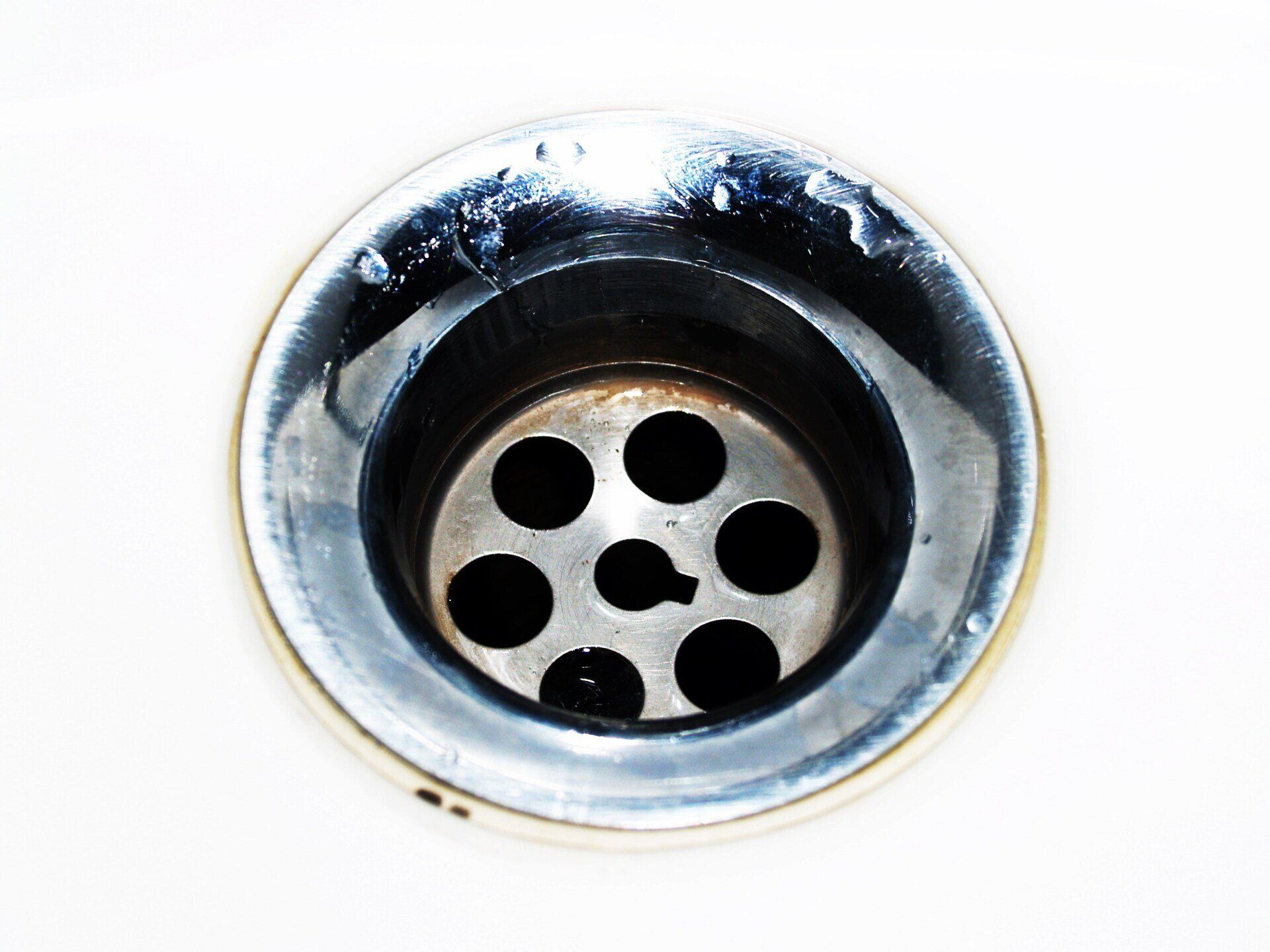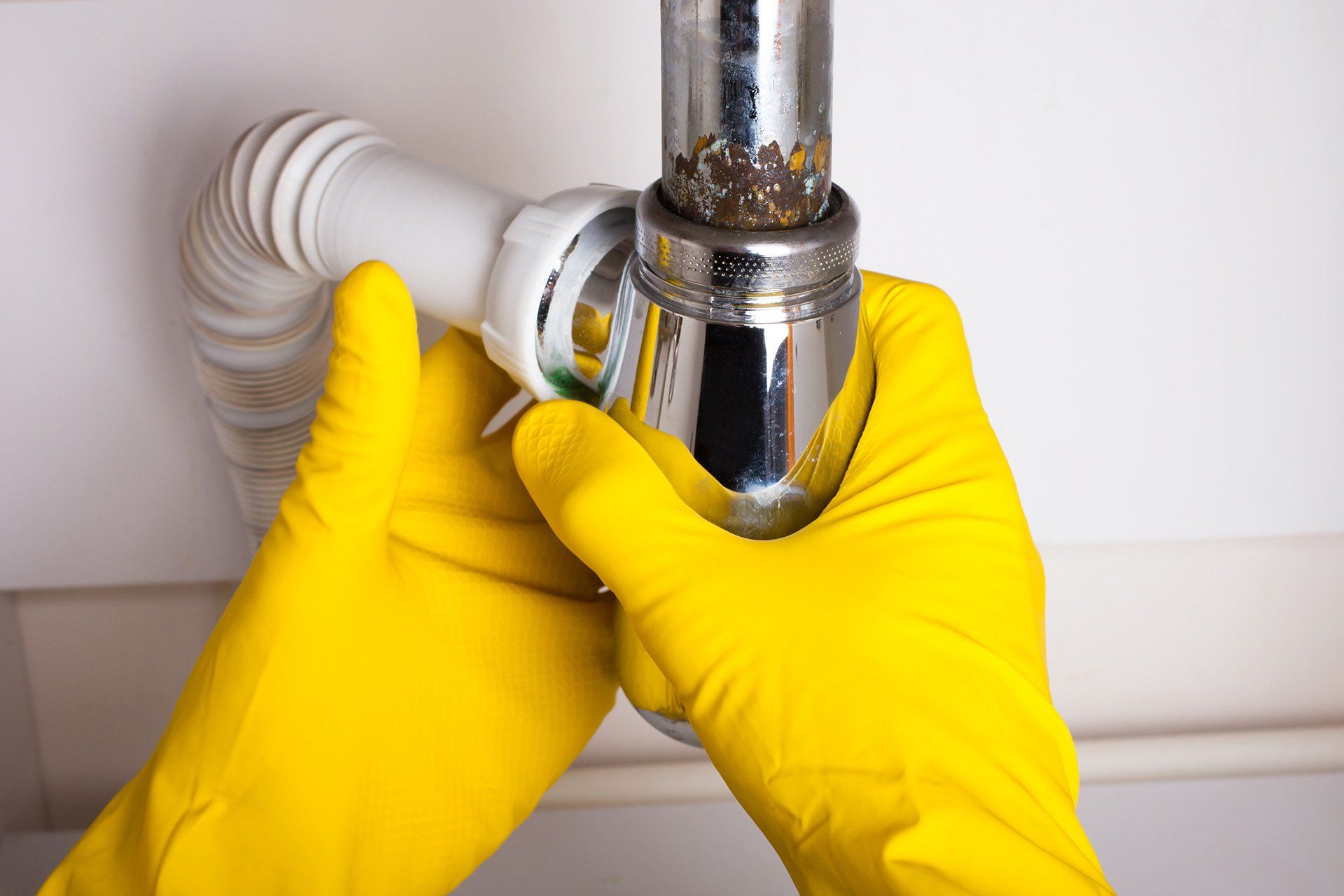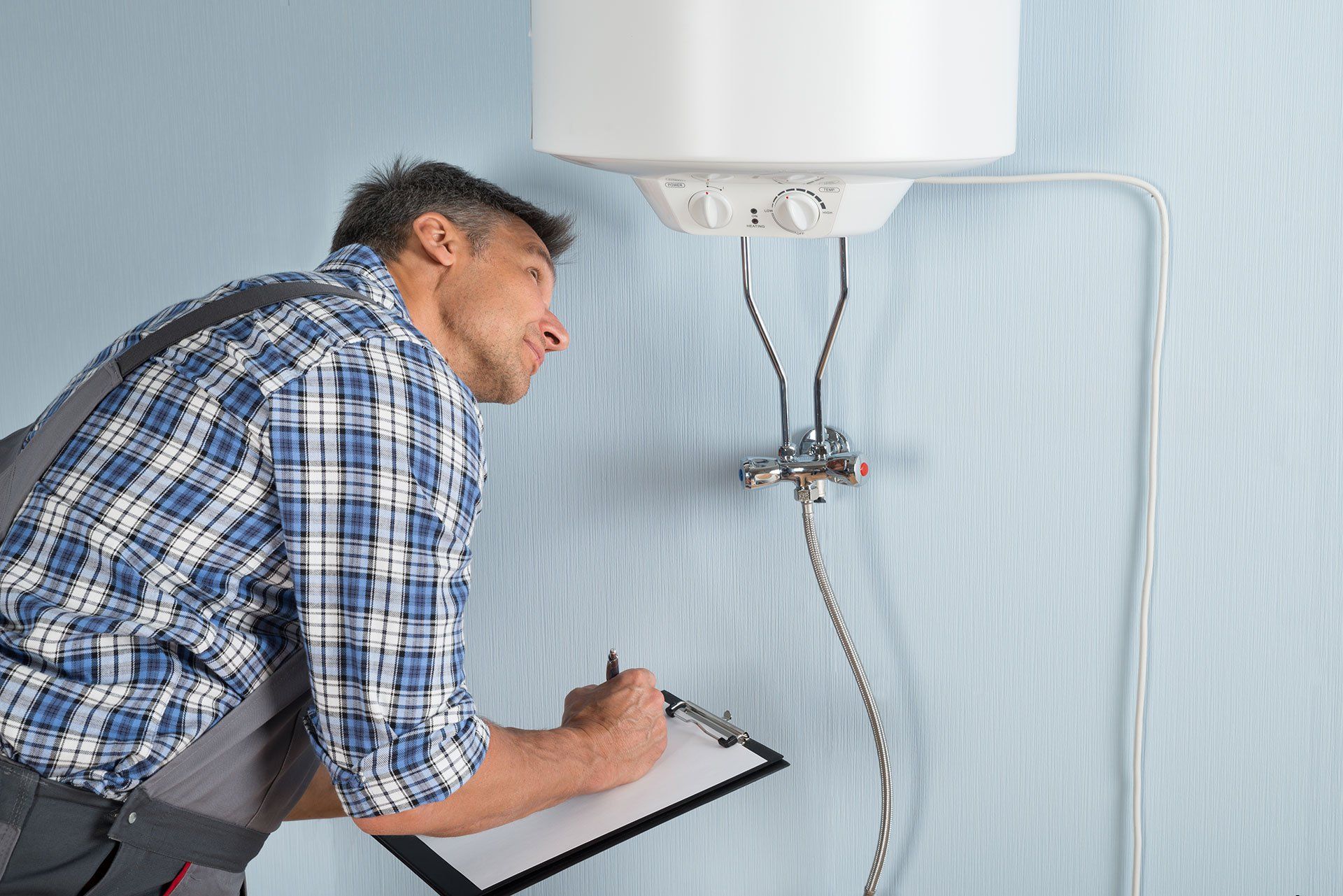Plumbers Near You -
We Help You Find Quality Plumbers.
Finding a plumber near you can be stressful. We help you shorten your list of who to call by pre-filtering the plumbers in your area based on their online reviews.
Search for Plumbers Here:
Plumber Near You Helps When You Need:
Pipe replacement
We can help with every type of installation, maintenance and repair.
Heating & cooling
We can help with every type of installation, maintenance and repair.

Plumbers Near You helps qualified plumbers connect with local customers.
Expert tips
Visitor our blog for tips to help you keep your plumbing and your house in top shape.

A sluggish drain can bring your day to a standstill. In the quest for a quick fix, many reach for the familiar blue or green bottle: liquid drain cleaners. But before you pour, hold on! These potent chemicals can be effective, but they also come with risks and require careful consideration. Understanding the Power (and Peril): Liquid drain cleaners are typically caustic (lye-based) or oxidizing (bleach-based). Caustic cleaners break down organic matter like hair and grease, while oxidizers target soap scum and paper. While effective, both types pose dangers: Harsh chemicals: They can damage pipes, especially older ones, leading to leaks and expensive repairs. Toxic fumes: Inhalation can irritate skin, eyes, and lungs. Ensure proper ventilation when using. Splashes: These can cause burns, so wear gloves and eye protection. Harmful interactions: Never mix drain cleaners with other chemicals, as it can create toxic fumes. Safer Alternatives: Before resorting to chemical cleaners, consider these safer options: Plunger: The classic choice for a reason. Effective for minor clogs caused by hair or toilet paper. Baking soda and vinegar: The fizzy duo can break down organic matter and deodorize. Drain snake: For deeper clogs, a manual snake can physically snag the blockage. When to Use (and When Not To): If you decide to use a liquid drain cleaner, proceed with caution: Read the label carefully: Follow instructions precisely, using the right amount for the type of clog. Never use on standing water: The cleaner won't reach the clog and can become hazardous. Avoid repeated use: Regular use can weaken pipes and damage septic systems. Not for all clogs: They are ineffective for mineral buildup or grease clogs deep in the pipes. Remember: Liquid drain cleaners should be a last resort, used with caution and proper protection. For serious clogs or concerns about pipe damage, consult a professional plumber. The Takeaway: A clogged drain can be frustrating, but don't be tempted by a quick fix that could lead to bigger problems. Explore safer alternatives first, and if you must use a liquid cleaner, prioritize safety and follow the guidelines strictly. After all, a healthy drain and a peaceful bathroom are worth the extra effort!

Let's face it, a clogged toilet is enough to send shivers down anyone's spine. But before you call in the reinforcements, take a deep breath and grab your handyman (or woman) cape! With a little know-how and the right tools, you can conquer this common plumbing foe and restore peace to your bathroom. Step 1: Assess the Situation First things first, understand the severity of the clog. Is the water barely draining, or is it refusing to budge at all? Is there an overflow threatening to turn your bathroom into a mini swimming pool? Knowing the level of blockage will help you choose the best course of action. Step 2: Plunge with Purpose The trusty plunger is your first line of defense. Opt for a flange plunger, designed specifically for toilets, and ensure it creates a good seal over the drain hole. Now, plunge with vigor! Push down firmly and rhythmically, creating suction and hopefully dislodging the clog. Patience is key here, so don't give up after a few weak attempts. Step 3: Baking Soda & Vinegar: The Bubbly Duo If plunging proves futile, it's time for some chemical muscle. The classic baking soda and vinegar combo can work wonders. Pour a cup of baking soda into the toilet bowl, followed by a cup of vinegar. Watch the fizzy magic happen! Let the mixture sit for 30 minutes to break down the clog, then flush and see if the water flows freely. Repeat if necessary. Step 4: The Drain Snake: Reaching Deep For stubborn clogs, a drain snake (also known as a toilet auger) might be your hero. This long, flexible cable can reach deep into the drain and snag the culprit. Insert the snake slowly and carefully, turning the handle until you feel resistance. Then, remove the clog and flush to test the flow. Step 5: When DIY Fails: Calling in the Pros Sometimes, even the most valiant efforts fall short. If your clog remains undefeated, don't hesitate to call a professional plumber. They have the expertise and tools to tackle even the most challenging blockages, saving you time, frustration, and potential water damage. Bonus Tips: Prevention is key: Avoid flushing anything besides toilet paper and waste. Invest in a small wastebasket for bathroom essentials. Baking soda and vinegar can be used regularly: Pour half a cup of baking soda and follow with a cup of vinegar once a month to prevent clogs from forming. Know your limits: Don't use excessive force or harsh chemicals, as they can damage your toilet or pipes. With these tips and a little courage, you can face any clogged toilet with confidence. Remember, even plumbing superheroes started somewhere!








